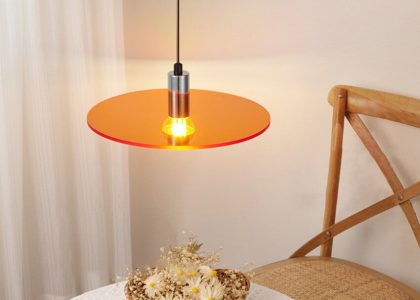Introduction
The use of electricity has revolutionized the way we live our lives, and lighting is no exception. But what happens when that electricity is not readily available? This is where battery-operated lamps come in. These lamps offer an alternative source of lighting that is not dependent on a consistent source of electricity. In this article, we will delve into the advantages and disadvantages of using battery-operated lamps and how they can provide a convenient solution for outdoor activities and emergency situations.
Advantages of Battery-Operated Lamps
There are several advantages to using battery-operated lamps, including:
Portability
Battery-operated lamps are versatile in terms of their placement. They can be moved around easily without the need to worry about power cords or electrical outlets. This feature makes them ideal for outdoor activities and camping trips where access to electricity is limited.
Energy Efficiency
Compared to traditional lamps that use incandescent bulbs, battery-operated lamps use efficient LED lighting. This means they use less energy and can last longer on a single set of batteries.
Low Maintenance
Battery-operated lamps require minimal maintenance since they don’t have bulbs that need to be replaced regularly. This is especially useful for emergency situations where time and resources may be limited.
Safety
Battery-operated lamps are safer compared to traditional lamps that use open flames or hot surfaces. They can be used in enclosed spaces without the fear of starting a fire or burning objects.
Disadvantages of Battery-Operated Lamps
Along with the advantages, there are some disadvantages to using battery-operated lamps, such as:
Battery Life
Battery-operated lamps rely on batteries, which have a limited lifespan. This means that the batteries will need to be replaced periodically, adding to the overall cost of using a battery-operated lamp.
Light Output
Battery-operated lamps do not provide the same level of light output compared to traditional lamps. This is due to the use of LED bulbs and the limited power supply from batteries. This means they may not be suitable for larger spaces that require bright lighting.
Uses for Battery-Operated Lamps
Battery-operated lamps have a wide range of uses, including:
Outdoor Activities
Battery-operated lamps are perfect for camping trips, picnics, and other outdoor activities where access to electricity may be limited. These lamps are portable and easy to set up, providing convenient lighting for your activities.
Emergency Situations
Battery-operated lamps can provide a critical source of lighting during power outages or other emergencies. They are easy to use and require minimal maintenance, making them ideal for emergency situations where time may be limited.
Decorative Lighting
Battery-operated lamps can be used for decorative purposes to create unique lighting effects. They can be placed in any location without needing to worry about power cords or electrical outlets, making them perfect for areas with limited access to electricity.
Conclusion
Battery-operated lamps offer a convenient and versatile source of lighting that can be used in a wide range of situations. They provide a solution for outdoor activities, emergency situations, and decorative lighting needs. While there are some disadvantages to using battery-operated lamps, the advantages far outweigh them. With their low maintenance, energy efficiency, safety, and portability, battery-operated lamps are a great investment for anyone in need of a reliable source of lighting.


